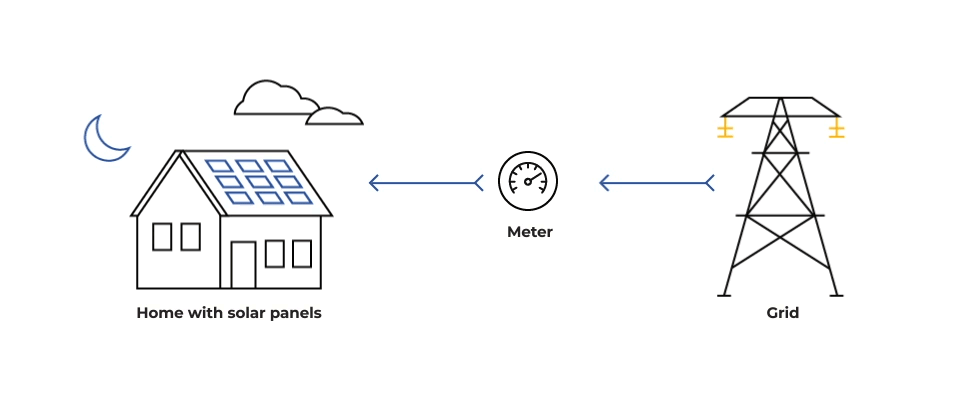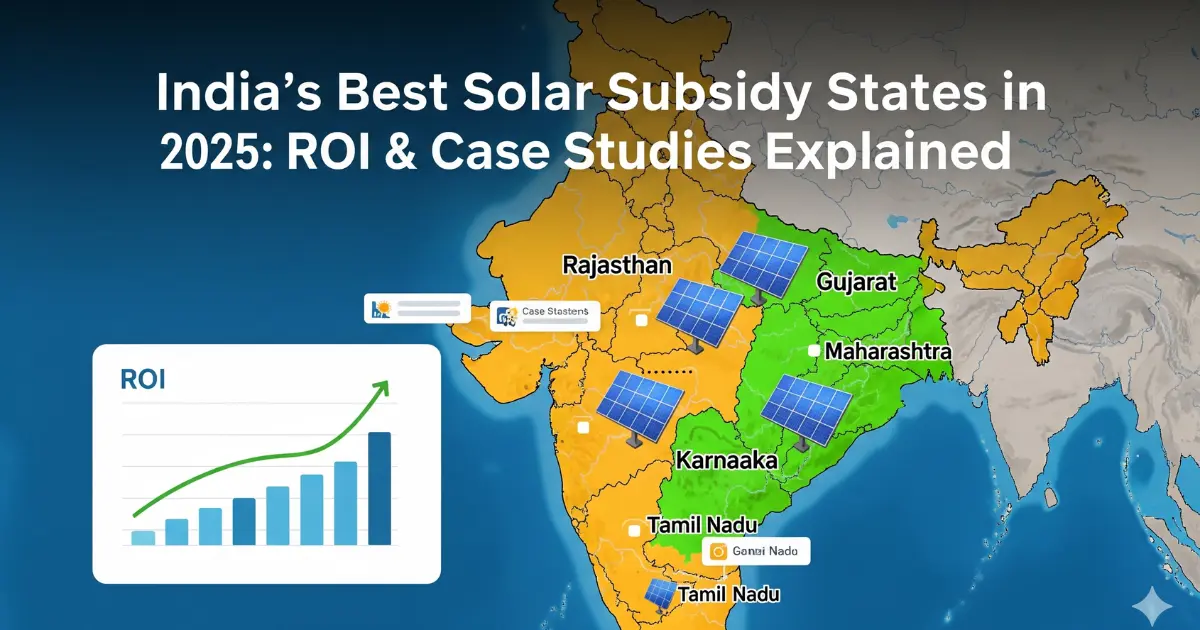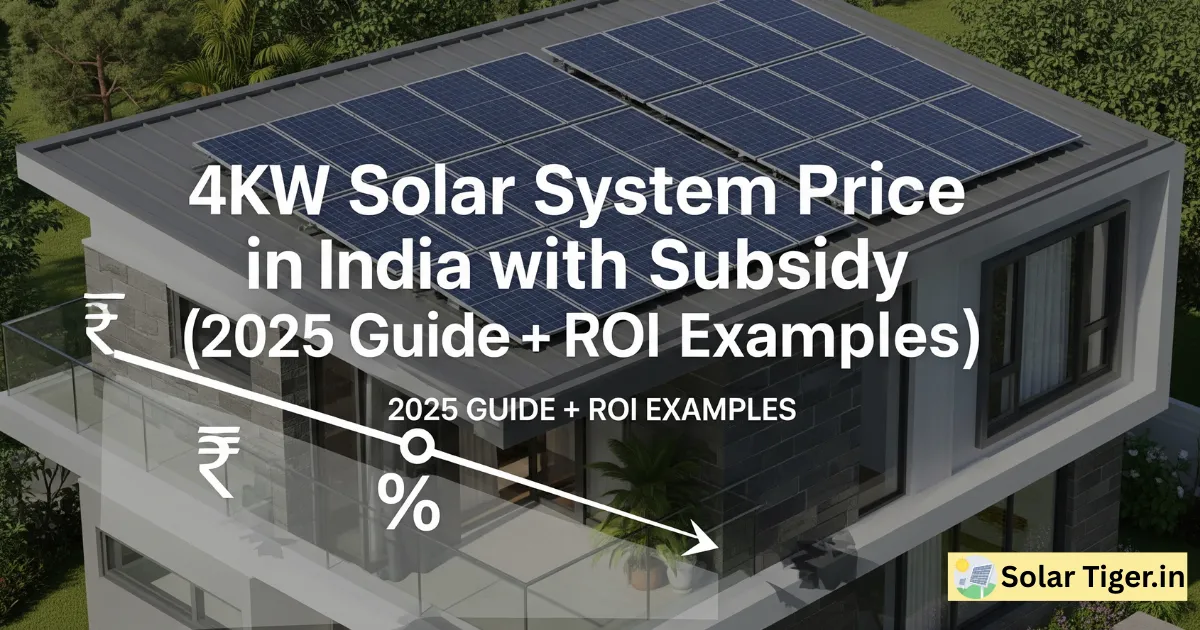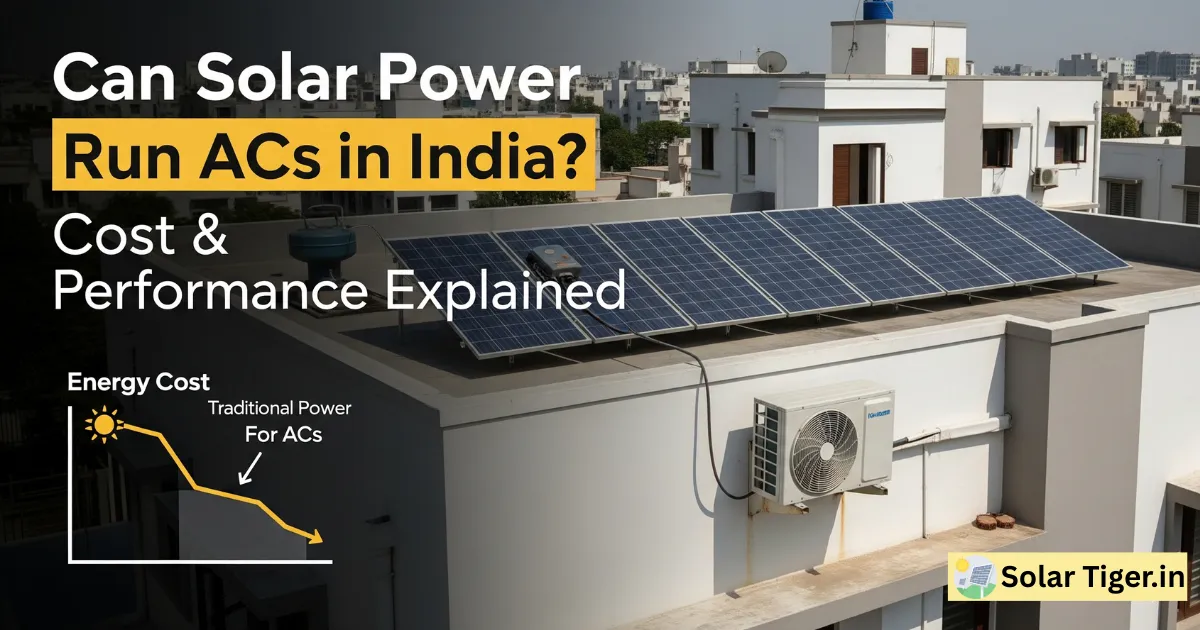Tax Benefits of Installing Solar Panels: Solar energy is becoming a more common part of daily life in India. Rising electricity costs and growing awareness of environmental issues are encouraging people to look for alternatives. One of the most practical options is solar power.
India has made clear efforts to support renewable energy. The country had set a target of achieving 175 GW of renewable energy capacity by the end of 2022, with 100 GW coming from solar installations. While the timeline has shifted, progress continues. As of now, India has over 44 GW of installed solar power capacity.
Growth in Rooftop Solar
Rooftop solar systems are one of the more accessible ways for individuals and small businesses to adopt solar power. Between 2013 and 2016, rooftop capacity in India grew from 117 MW to 1,250 MW. This growth was supported by programs such as the National Solar Mission, which aims to increase the use of solar energy across different parts of the country.
The mission includes a goal of installing 40 GW of rooftop solar. Though progress has been uneven, support from state and central governments through incentives and policy adjustments continues.
Tax and Financial Support for Solar Installations
Installing a solar power system can involve a significant upfront cost. To help with this, the Indian government provides several tax-related and financial incentives.
1. Accelerated Depreciation
Businesses that install solar panels can claim 40% depreciation in the first year, allowing them to reduce their taxable income. This benefit is mainly available to commercial and industrial users.
2. Income Tax Exemptions
In some cases, project developers may receive income tax exemptions for up to ten years after the project begins operating. This helps offset initial costs and makes long-term projects more sustainable.
3. Customs and Excise Duty Relief
Some imported components used in solar systems — such as inverters or solar cells — may be exempt from customs or excise duties, depending on the applicable government rules at the time of import.
4. Net Metering and Banking Provisions

With net metering, users can send extra electricity generated by their solar panels back to the grid and receive credit on their electricity bills. In some states, users are also compensated for electricity “banked” in the system — stored for later use. These policies are meant to reduce waste and make solar systems more efficient.
5. Capital Subsidies
The government provides capital subsidies to support the installation of rooftop solar systems. Programs like SRISTI and Saubhagya aim to make solar panels more affordable for households, including those in rural areas.
6. Power Purchase Agreements (PPA)
For larger solar systems, Power Purchase Agreements are contracts that allow energy producers to sell electricity to the local grid at pre-approved rates. These agreements ensure a steady income from the electricity generated, making the investment more predictable.
7. Renewable Energy Certificates (REC)
Producers of solar power may also receive Renewable Energy Certificates, which can be traded for financial credit. These certificates are issued by the Central Electricity Regulatory Commission and are meant to encourage the generation of clean energy. learn more about How to Calculate Solar ROI for Your Home in India
Continued Progress
Government support has made solar energy more appealing to homeowners, businesses, and developers. Adoption has increased in both urban and rural areas. The combined impact of financial assistance, public information campaigns, and better access to technology has made solar power a more realistic option for many people.
From less than 1 GW in the early 2000s, India now has more than 44 GW of solar capacity, and the number continues to rise.
Frequently Asked Questions (FAQs)
What are the tax benefits of installing solar panels in India?
They include accelerated depreciation (40% in the first year), income tax exemptions for solar project developers, and relief from some import duties.
Can homeowners get tax exemptions for rooftop solar?
Homeowners don’t typically receive tax exemptions, but they can qualify for capital subsidies that lower the cost of installing rooftop systems.
What is accelerated depreciation in solar?
It allows businesses to reduce taxable income by claiming 40% of the cost of the solar system as depreciation in the first year.
How does net metering work?
It lets solar users send extra power back to the grid and receive credit for it, which helps lower their electricity bills.
5. Are there any rural-specific solar programs?
Yes. Programs like Saubhagya aim to bring solar power to rural households, often with financial support or free installation.
Contact
For questions or more information, you can reach the Solar Tiger team at
📧 contact@sneabihar.org






